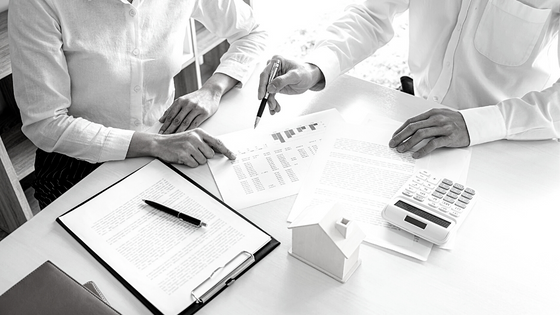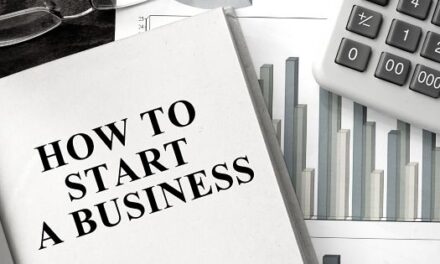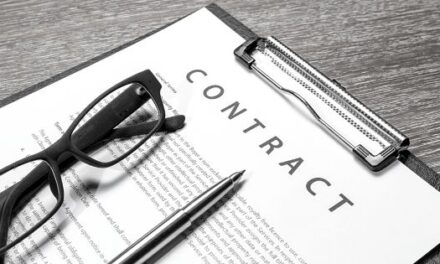The first step in valuing a business is to know the purpose of the valuation. Just like the value you insure your car for isn’t the same amount you’d get if you listed it for sale on Facebook marketplace, it’s the same for your business.
If you’re thinking of buying or selling a small business, then the “market value” is what you’re looking for from your valuation.

What is market value?
It depends on who you ask!
The ATO says “Market value is not defined for consolidation purposes but notes that In Spencer v. Commonwealth (1907) 5 CLR 418 Griffith CJ (at page 432) said that the value of land on a given day is determined by inquiring what a person desiring to buy the land would have had to pay for it on that day to a vendor willing to sell it for a fair price but not desirous to sell.”
The International Valuation Standards (IVS) define Market Value as “The estimated amount for which an asset or liability should exchange on the valuation date between a willing buyer and a willing seller in an arm’s length transaction, after proper marketing and where the parties had each acted knowledgeably, prudently and without compulsion.”
Today most professional business valuers use the IVS definition of market value.
Methods of valuing a business
Professional business valuers use 3 main approaches/methods to value small businesses depending on the circumstances of your business.
Each method has pros and cons, and no method works for every business/situation. Part of a business valuers training and experience is being able to select the right method for your business situation.
The Comparable Transactions Method
The comparable transactions method is the most common method used by professional valuers, as the name implies a valuer will look at comparable transactions to determine the value of your business.
But you don’t just look at the sale price of the businesses.
To use an analogy, just because two commercial properties are on the same street doesn’t mean they are worth the same amount. You need to compare the price per square metre or rental yield. It’s the same principle with businesses – to work out the value you need to compare the profit multiple between the businesses.
I’ll use the example of a local childcare centre to help this make sense.
Working out the profit multiple for a business
Let’s say a local childcare centre just sold for $300,000. To work out the profit multiple you divide the price by the profit. In our example the childcare centre sold for $300,000 and the profit was $100,000 the profit multiple is 3 ($300,000 / $100,000).
Profit isn’t profit
In small businesses the accounting net profit from your profit & loss statement is almost never the same as the business profit for valuation purposes. This is because of things like depreciation, which reduce legally reduce your tax bill but don’t result in cash leaving your bank account.
You also need to add back the cost of any non business related expenses which the business paid. Typically, this might include the owner’s car, mobile phone expenses and travel.
Finally, you need to remove any income that wasn’t generated by the business operations, things like insurance recoveries, sale of assets or COVID subsidies.
To save time if you’ve got an accountant just send them an email and ask for your “normalised EBITDA”.
When should you use the Comparable Transactions Method?
Whenever you’ve got comparable transactions!
Ok not quite, it depends on the purpose. If the purpose is for selling your business, and you have access to recent comparable transactions of similar businesses then this method is likely the most appropriate.
Unlike property, there is not a comprehensive database of business sales which can make finding comparable transactions difficult. You could ask a specialist business broker or search for similar businesses on a business listing site like BusinessSales. Just remember that the asking price is not the same as the actual sale price.
Professional Valuers meticulously collect records of business sales for this exact purpose.
One important part of the comparable transaction method is that it does not consider the cost of establishing the business. For example, using our childcare centre the costs of setting up the centre like the fit-out, the playground & toys, creating a website etc aren’t considered.
It doesn’t matter if it cost the owner $100,000, $200,000 or even $500,000 to set the business up you only consider the profit multiple achieved by similar businesses.
If you can’t find comparable transactions, then it’s time to consider the capitalisation of earnings method.
The Capitalisation of Earnings Method
(Don’t worry it’s easier than it sounds)
The capitalisation of earnings method works by converting the expected future profits into a single current value.
The basics of the capitalisation of earnings method is that buyers expect a return in line with the risk they are taking. High Risk, High Return.
There are various ways to do the math for the capitalisation of earnings method but for small businesses the KISS principle applies. You just need to ask yourself “what is the return on investment (ROI) a buyer would need when purchasing my business”.
How it works
Work out the business profit or normalised EBITDA using the same method as the comparable transaction method.
Divide the business profit by the rate of return.
For example, if our business generates $100,000 profit and we think the buyer needs a 40% return on investment (ROI) the price would be $100,000 / 40% = $250,000.
If you’re looking to buy a business you can also calculate the return on investment of a business by dividing the price by the profit (e.g. $250,000 / $100,000 = 40%) which allows you to quickly compare businesses.
A Discounted Cash Flow Model (DCF) is just a more sophisticated mathematical model for working out the Capitalisation of Earnings. But just because it’s more sophisticated doesn’t mean it’s better.
If you don’t have a solid understanding of discount rates like the Capital Asset Pricing Model (CAPM) or Weighted Average Cost of Capital (WACC) a DCF is like trying to put a nail in with a sledgehammer.
When should you use the Capitalisation of Earnings Method?
You should use the capitalisation of earnings method when you can’t use the comparable transactions method, the ability to generate profits is the primary source of the business’s value and you expected the earnings to continue in the future.
Similar to the comparable transaction method the capitalisation of earnings method does not consider the cost of establishing the business.
The capitalisation of earnings method is used regularly to provide an informal price guide or rule of thumb when a professional valuation isn’t required.
If your situation doesn’t suit the comparable transaction method or capitalisation of earnings method then it’s time to use the replacement cost method.
Replacement Cost Method
The replacement cost method assumes that a buyer wouldn’t pay more for a business than the cost to create a similar business, unless undue time, inconvenience, risk or other factors are involved.
Because starting a brand new business typically does take time and is inherently risky, most professional business valuers don’t use the replacement cost method unless they want to check the value they calculated using the comparable transaction method or capitalisation of earnings method is reasonable.
The replacement cost method is often misunderstood. The most common mistake with the replacement cost method is that replacement means the cost of an asset that can do the same task, not the same asset.
How it works
This is best illustrated in the case of a piece of equipment. Let’s say our childcare business purchased a specific playground that is no longer in production. The cost of having a playground custom made to the exact specifications of the current playground is $100,000.
The manufacturer has a very similar playground which would be able to be installed in the childcare centre for $75,000.
The replacement cost value is $75,000 as this is the cost a buyer would need to pay to effectively replace the playground.
*I’ve ignored depreciation considerations for this simplified example. When using the replacement cost method you should deduct the total depreciation from the total costs of your assets to calculate the correct value.
When should you use the Replacement Cost Method?
You should use the replacement cost method as a last resort when you can’t use the comparable transactions method and the ability to generate profits is not the primary source of the business’s value.
Rule of thumb
As a Business Valuer, I’ve come across plenty of “rules of thumb” that business owners use to value their business. Sometimes these rules of thumb are logical and fine to use but more often than not they get you into trouble. It’s typically best to avoid these.



















